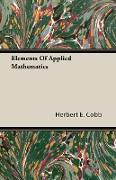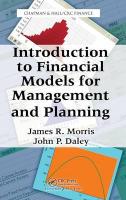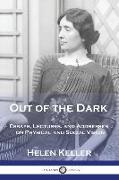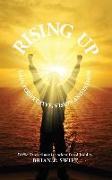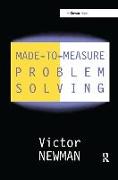Elements of Applied Mathematics
BücherAngebote / Angebote:
ELEMENTS OF APPLIED MATHEMATICS BY HERBERT E. COBB. 1911. PREFACE This book of problems is the result of four years experimentation in the endeavor to make the instruction in mathematics of real service in the training pf pupils for their future work. There is at the present time a widespread belief among teachers that the formal, abstract, and purely theoretical portions of algebra and geometry have been unduly emphasized. More over, it has been felt that mathematics is not a series of discrete subjects, each in turn to be studied and dropped without reference to the others or to the mathematical problems that arise in the shops and laboratories. Hence we have attempted to relate arithmetic, algebra, geometry, and trigonometry closely to each other, and to connect all our mathematics with the work in the shops and laboratories. This has been done largely by lists of problems based on the preceding work in mathematics and on the work in the shops and laboratories, and by simple experiments and exercises in the mathematics classrooms, where the pupil by measuring and weighing secures his own data for numerical computations and geometrical constructions. In high schools where it is possible for the teachers to depart from traditional methods, although they must hold to a year of algebra and a year of geometry, this book of problems can be used to make a beginning in the unification of mathematics, and to make a test of work in applied problems. In the first year in algebra-the problems in Chapters I - VII can be used to replace much of the abstract, formal, and lifeless mate rial of the ordinary course. These problems afford a much needed drill in arithmetical computation, prepare the way for geometry, and awaken the interest of the pupils in the affairs iii iv APPLIED MATHEMATICS of daily life. By placing less emphasis on the formal side of geometry it is possible to make the pupils knowledge of algebra a valuable asset in solving geometrical problems, and to give him a working knowledge of angle functions and logarithms. Chapters IX, X, and XII furnish the material for this years work. The problems of the remaining chapters can be used in connection with the study of advanced algebra and solid geometry. They deal with various phases of real life, and in solving them the pupil finds use for all his mathematics, his physics, and his practical knowledge. For the increasing number of intermediate industrial schools there are available at present few lists of problems of the kind brought together in this book. The methods adopted in the earlier chapters, which require the pupil to obtain his own data by measuring and weighing, are especially valuable for begin ners and boys who have been out of school for several years. The large number of problems and exercises permits the teacher to select those that are best suited to the needs of the class. In Chapters IX and XIII many of the problems contain two sets of numbers. The first set outside of the parentheses may give an integral result, while the second set may involve fractions or the first set may give rise to a quadratic equation which can be solved by factoring, while the equation of the second set must be solved by completing the square. Each pupil should have a triangle, protractor, pair of com passes, metric ruler, and a notebook containing plain and squared paper. Inexpensive drawing instruments can be obtained, and the pupils should be urged to use them in making rough checks of computations. They should also form the habit of making a rough estimate of the answer, and noting if the result obtained by computation is reasonable...
Folgt in ca. 10 Arbeitstagen
